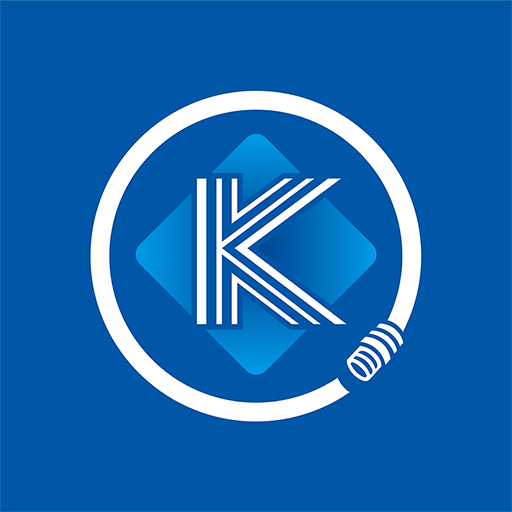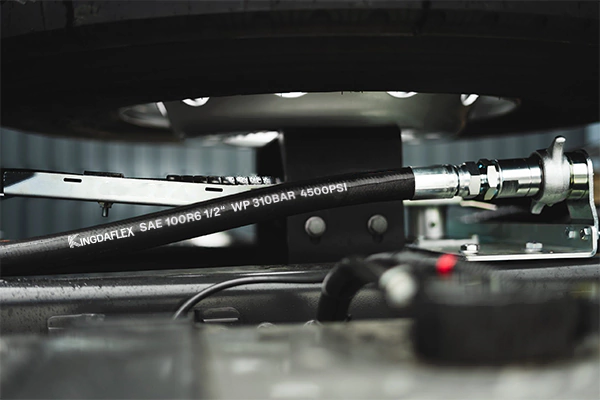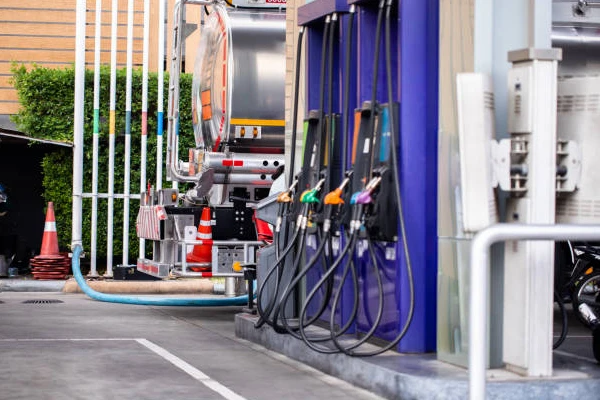Hoses are essential tools in industrial, chemical, and fuel-handling applications, but not all hoses serve the same purpose. Understanding the differences between conductive and non-conductive hoses is crucial for safety, efficiency, and long-term performance. Choosing the right type ensures smooth operations and minimizes risks in hazardous environments.
Conductive hoses are designed to safely transfer fluids by dissipating static electricity, preventing sparks, fire, or explosions. Non-conductive hoses, in contrast, are suited for general fluid transfer where static buildup is not a concern. This blog explores the key differences, materials, applications, and advantages to help you make an informed choice.
What is a Conductive Hose?
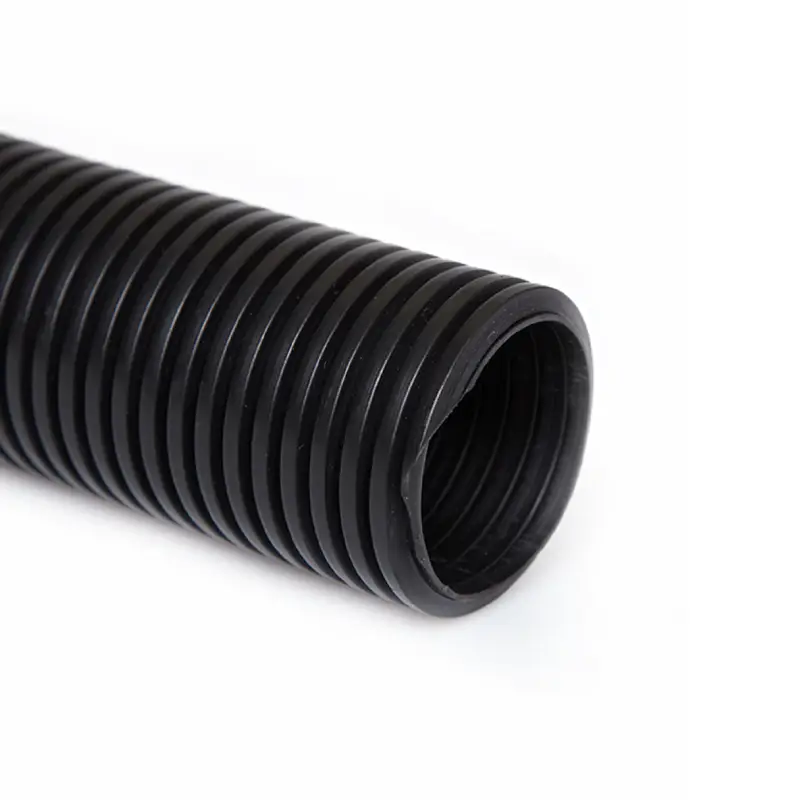
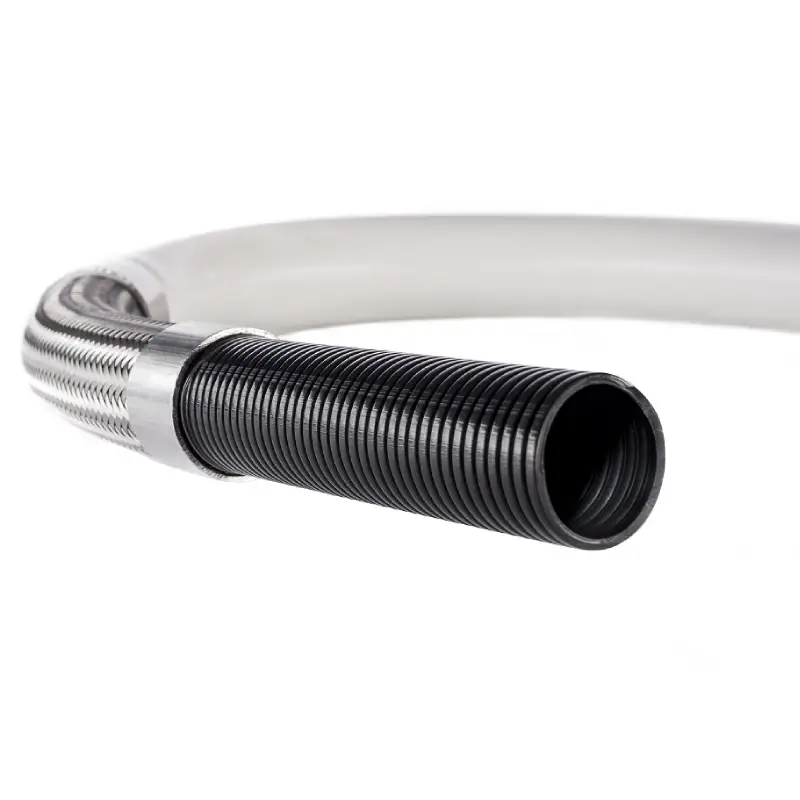
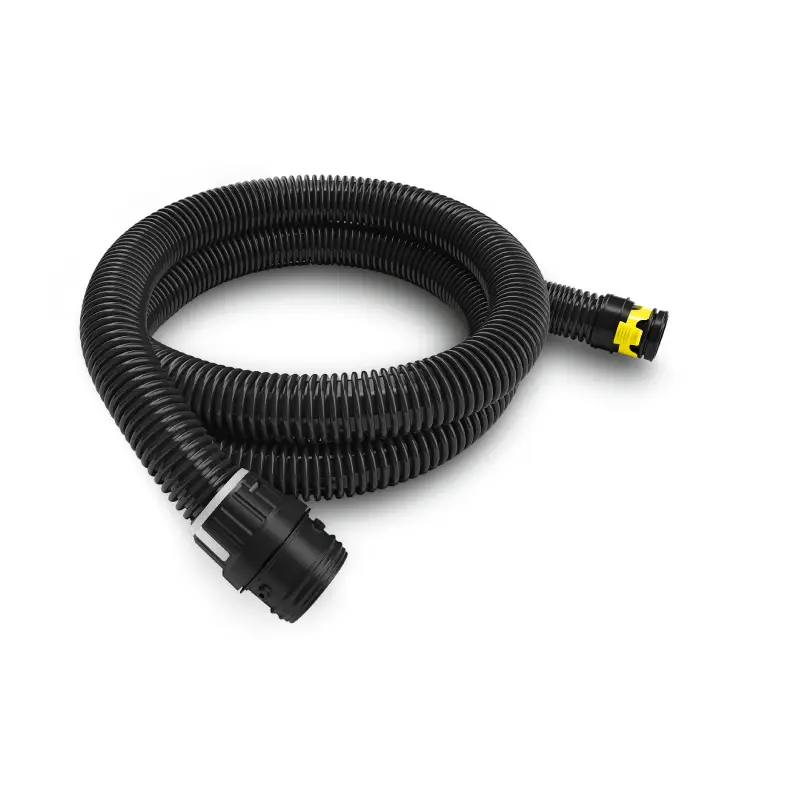
A conductive hose is a specially designed hose that safely transfers liquids, chemicals, fuels, or other fluids while preventing static electricity buildup. Its construction includes conductive materials or embedded wires, ensuring safe operations in hazardous environments, reducing fire and explosion risks, and providing reliable long-term performance across industrial applications.
- Fuel Transfer: Conductive hoses are ideal for safely transferring gasoline, diesel, and other fuels, preventing static buildup, reducing fire hazards, and ensuring smooth and reliable operations in fueling stations, refineries, and transport systems.
- Chemical Handling: These hoses safely move flammable or reactive chemicals, offering chemical resistance and static dissipation, minimizing risks of accidents or contamination in industrial, laboratory, and manufacturing processes.
- Oil & Lubricants: Conductive hoses efficiently transport oils and lubricants, ensuring safe static-free flow while protecting machinery, reducing downtime, and maintaining reliable lubrication in industrial equipment and manufacturing operations.
- Industrial Liquids: Suitable for diverse industrial fluids, conductive hoses maintain durability, pressure resistance, and safety, providing reliable transfer in factories, construction sites, and heavy-duty operational environments.
- Pharmaceutical & Food Industry: These hoses enable safe transfer of sensitive liquids where contamination prevention and static dissipation are critical, ensuring hygienic operations and compliance with safety and industry standards.
What is a Non Conductive Hose?
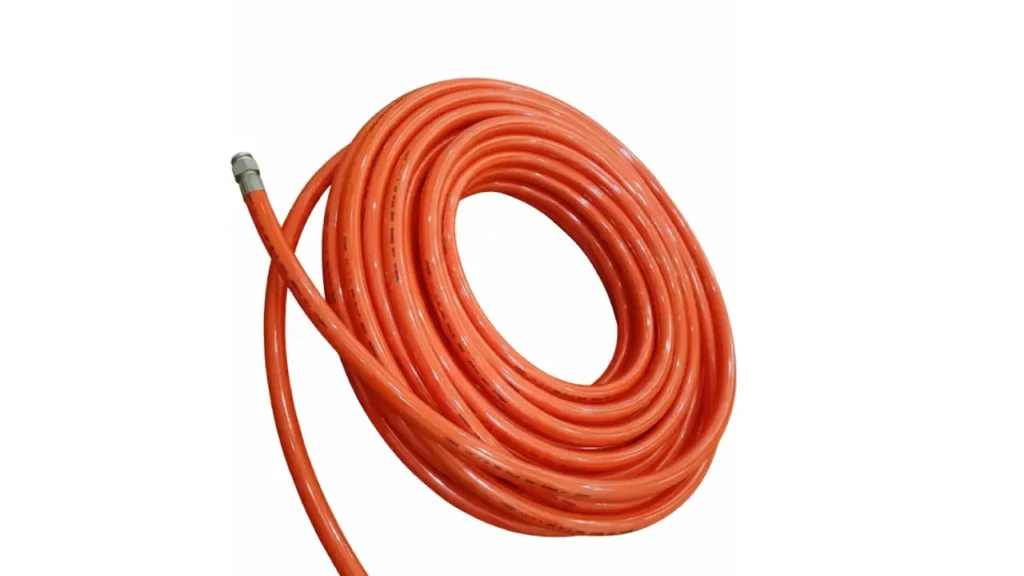
A non-conductive hose is a type of hose designed for general fluid transfer where static electricity prevention is not required. Unlike conductive hoses, it does not dissipate static charges, making it suitable for water, air, and other non-hazardous liquids. Non-conductive hoses are flexible, durable, and ideal for everyday industrial and commercial applications.
- Water Transfer: Non-conductive hoses efficiently transport water in irrigation, cleaning, and industrial processes, offering durability, flexibility, and ease of use without the need for static dissipation.
- Air & Gas Handling: Ideal for conveying air or inert gases in workshops, factories, and pneumatic systems, providing reliable flow and performance for standard industrial operations.
- Non-Hazardous Chemicals: Used for transferring non-flammable or non-reactive chemicals safely, these hoses resist abrasion and wear while ensuring efficient and consistent fluid flow.
- Agricultural Applications: Perfect for farm irrigation, liquid fertilizers, and livestock water supply, non-conductive hoses offer durability and ease of handling in diverse agricultural settings.
- General Industrial Use: Widely applied in factories, workshops, and construction sites for fluid delivery, cleaning, and process systems, ensuring reliable operation without specialized safety requirements.
Conductive vs Non Conductive Hose
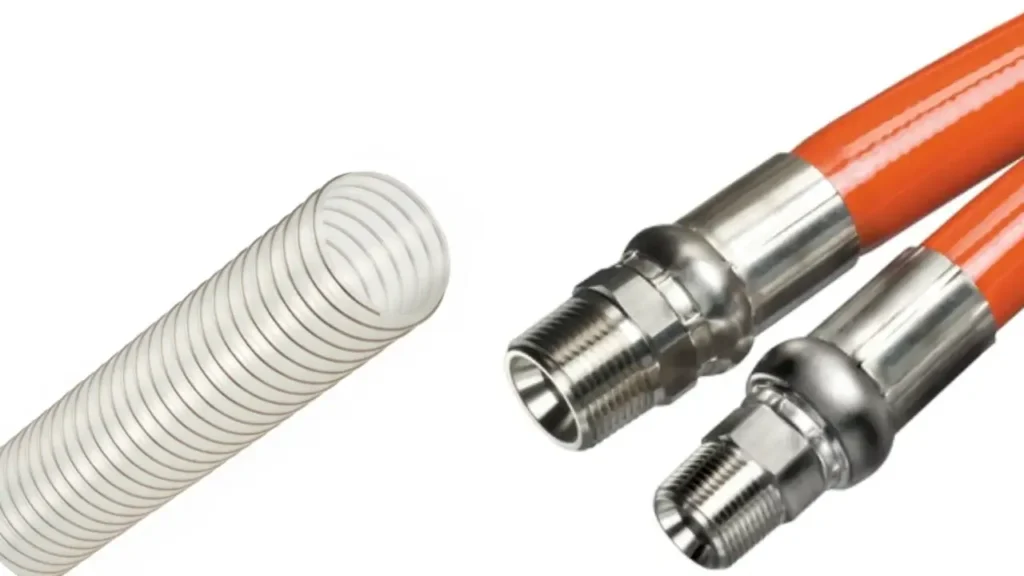
Understanding the differences between conductive and non-conductive hoses is vital for safety, efficiency, and operational performance. Selecting the right hose depends on whether static dissipation, fluid type, or industrial application is a priority. Proper hose choice minimizes hazards and maximizes durability.
Safety
Conductive hoses are designed to safely dissipate static electricity, reducing fire and explosion risks when handling flammable liquids or chemicals. They are essential in high-risk environments where static buildup can lead to dangerous accidents.
Non-conductive hoses do not prevent static electricity, making them suitable for general fluid transfer. They are safe for water, air, or non-flammable liquids but should never be used for flammable or reactive substances.
Applications
Conductive hoses are widely used in fuel transfer, chemical processing, oil handling, and other industrial operations where static dissipation is critical. Their versatility ensures safety across hazardous environments.
Non-conductive hoses are ideal for water delivery, air or gas transfer, and other standard industrial or agricultural applications. They perform efficiently where safety from static is not a concern.
Material Construction
Conductive hoses include conductive layers, wires, or special polymers to allow static electricity dissipation. They often combine multiple layers for strength, flexibility, and chemical resistance.
Non-conductive hoses are made from standard rubber, PVC, or synthetic polymers. While durable and flexible, they lack static-dissipative features, limiting their use in high-risk environments.
Durability & Performance
Conductive hoses are engineered to withstand harsh industrial conditions, high pressure, and chemical exposure, offering long-term performance with safety features.
Non-conductive hoses provide good durability for general applications but may not endure extreme chemicals, high pressures, or environments where static control is necessary.
Cost & Compliance
Conductive hoses are typically more expensive due to added safety features and compliance with industrial standards for static dissipation.
Non-conductive hoses are generally more affordable and easier to source but may not meet regulatory requirements for hazardous fluid handling.
Here are some differences between conductive and non conductive hoses in the following:
| Aspect | Conductive Hose | Non-Conductive Hose |
|---|---|---|
| Safety | Dissipates static, prevents fire/explosion | No static dissipation, safe for general fluids |
| Applications | Fuel, chemical, oil, hazardous liquids | Water, air, non-flammable liquids |
| Material Construction | Conductive layers, wires, polymers | Rubber, PVC, standard synthetic polymers |
| Durability & Performance | High pressure & chemical resistance | Durable for standard conditions |
| Cost & Compliance | Higher cost, meets industrial standards | Lower cost, not for hazardous fluids |
How to Choose Conductive and Non Conductive Hoses?
Choosing the right conductive or non-conductive hose depends on the type of fluid, safety requirements, operating environment, and compliance standards. Selecting the correct hose ensures reliable performance, minimizes risks, and extends service life for industrial, chemical, or general applications.
- Determine Fluid Type: Identify whether the fluid is flammable, corrosive, or non-hazardous to decide if a conductive hose with static dissipation or a standard non-conductive hose is required.
- Assess Safety Requirements: Evaluate potential fire, explosion, or static risks in your application to ensure the hose provides adequate protection and meets industry safety standards.
- Consider Pressure & Temperature: Check the operating pressure and temperature conditions to select a hose that can maintain performance and durability under demanding environments.
- Check Material Compatibility: Ensure the hose material is resistant to the fluid being transferred, preventing chemical reactions, degradation, or contamination during industrial operations.
- Verify Compliance & Standards: Choose hoses that comply with local and international regulations, guaranteeing safe, reliable performance and adherence to industrial, chemical, or fuel-handling standards.
Conclusion
Choosing between conductive and non-conductive hoses depends on your specific industrial or chemical application needs. Conductive hoses offer essential safety for flammable or sensitive fluids, while non-conductive hoses provide reliable performance for standard fluid handling. Understanding these differences helps optimize both safety and operational efficiency.
At Kingdaflex, we offer a wide range of both conductive and non-conductive hoses, tailored for durability, flexibility, and reliability. Our hoses meet global safety standards and are designed to handle various industrial, chemical, fuel, and liquid transfer applications with long-lasting performance.
By sourcing your wholesale hoses from Kingdaflex, you ensure high-quality products, competitive pricing, and expert support. Whether you need conductive hoses for hazardous fluids or non-conductive hoses for general operations, we provide solutions that combine safety, efficiency, and reliability for all your industrial needs.

